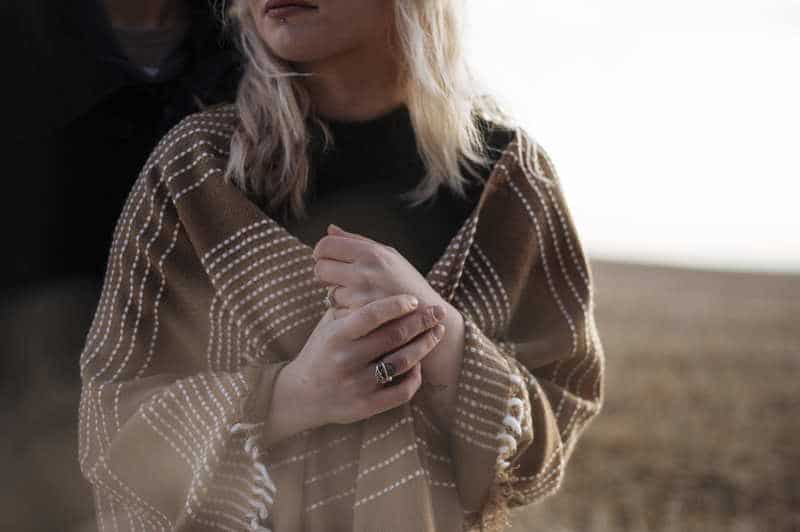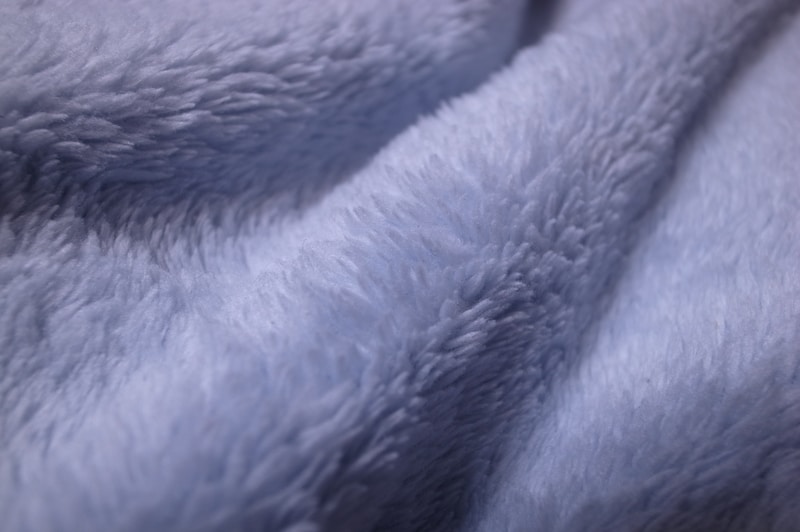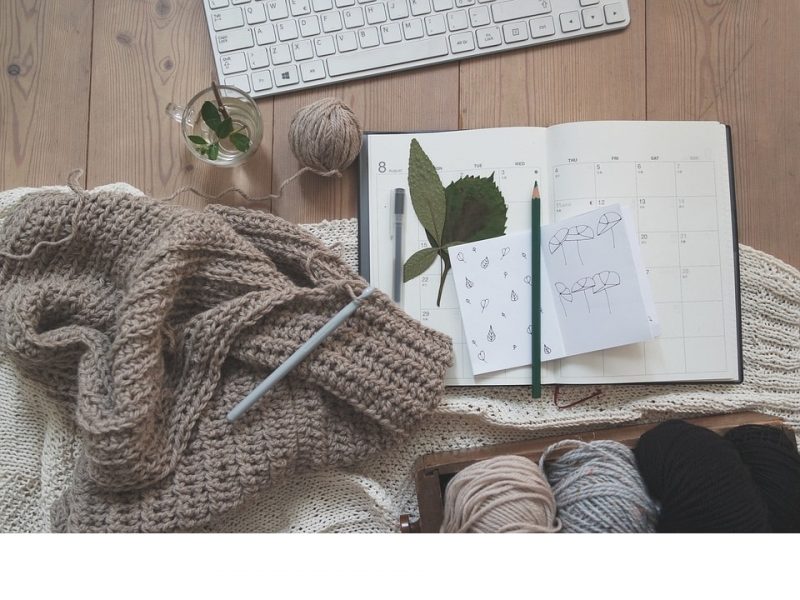You can already mention the answer to what is a receiving blanket from the name itself. Receiving blanket is so-called because it gets the newborn. Therefore, it`s the first blanket you`ll use to wrap an infant and not be confused with a baby blanket.

Like other blankets, you`ll find various materials for the receiving blanket. There are even multiple colours and designs, so it makes a great gift idea. Continue reading below to know more about this product.
What Is A Receiving Blanket Used For?
If you`re unsure of a receiving blanket, the name itself gives you a clue when a baby uses it. It is what receives a newborn after birth to help them feel warm and secured. Most parents in the UK own multiple receiving blankets, which typically have 30 by 40 inches.
As we have mentioned, parents in the UK use this blanket to receive their newborns. Therefore, it uses comfortable and warm materials such as flannel cotton and comes in different colours and patterns. What makes receiving blankets newborn-friendly is that they are durable for heavy use and other temperature conditions to ensure that your little one always feels cosy.
How is a receiving blanket different from a swaddling blanket?
You can easily distinguish a swaddling blanket from a receiving blanket by how stretchable it is. It also has other features like flaps and velcro designed to make wrapping more efficient. However, receiving blankets is also helpful in swaddling newborns as it is a multi-purpose item.
Put, a swaddling blanket designed with one purpose in mind: to keep snug on a swaddled baby. On the other hand, you will need the proper folding techniques when using a receiving blanket for swaddling since it doesn`t have additional features like velcro or flaps. More so, a receiving blanket has other uses.
How to use a receiving blanket?
For cuddling your newborn
You`ll immediately wrap your wiggly newborn in a receiving blanket for calming and cuddling a baby. But after some time, you can also use it to keep a baby warm after a bath. Some parents in the UK even use the receiving blanket when they`re out and about with their baby.
For cover-up during strolls and nursing
For example, it can serve as a cover-up for nursing to give UK moms privacy when breastfeeding. And depending on the material, you can use the blanket to cover the stroller during a sunny day effectively. Remember that receiving blankets are durable?
For keeping your baby clean
They are also easy to clean, making them perfect for diaper changing, eating, and playing. You can conveniently carry their small size, and you don`t have to worry about bringing other items.
What Is The Point Of A Receiving Blanket?
It makes the outside world less scary for a newborn
The main point of a receiving blanket is to ease your newborn into the baby’s new surroundings. Remember that the environment can feel overwhelming, especially from the womb with constant temperature, quiet noise, and a dark atmosphere. A receiving blanket will provide a sense of warmth and security as your newborn adjusts.
While that is the traditional purpose of a receiving blanket, it is also helpful for other things, as discussed earlier. Therefore, one can say that a receiving blanket becomes your baby`s constant company during this early period of adjustment. Nowadays, receiving blankets are not only for receiving a newborn, but it will also stay throughout the early days to keep your little one feel secure.
How Many Receiving Blankets Does A Newborn Need?
Because of its primary purpose and other uses on the side, you can get at least four receiving blankets for your little one. In truth, you can get as much as you want, so you`ll always have extras within reach. One might get dirty or lost, so it`s always nice to have another receiving blanket in your diaper bag.
Receiving blankets is generally easy to clean, and you can wash them as often as needed. If they`re not soiled, you can wash them every two weeks to ensure that your baby always uses a clean one. And perhaps you will need to replace your baby`s receiving blanket if it`s no longer as soft or if it has worn down.
Does The Hospital Give You Receiving Blankets?
It would be better to prepare one or two receiving blankets on the delivery day, but hospitals typically provide the receiving blanket. However, you must always ask if you need to give the hospital receiving blanket back to avoid awkward moments when it`s time to leave. Every hospital is different, so don`t hesitate to ask what items you will need to bring for your baby`s arrival.
Why Are All Receiving Blankets The Same?
Speaking of the hospital receiving blankets, you might notice that all blankets use the same one. These soft flannel cotton blankets are from Medline, a US company. Medline calls these blankets Kuddle-Up, and the most common ones in the hospitals are the easily recognisable striped ones.
Conclusion
An item you must have to prepare for your newborn is a receiving blanket. What is a receiving blanket? The name itself receives your little one to help a baby adjust to the outside world.
It also has various uses, so make sure to have at least four blankets in stock.








